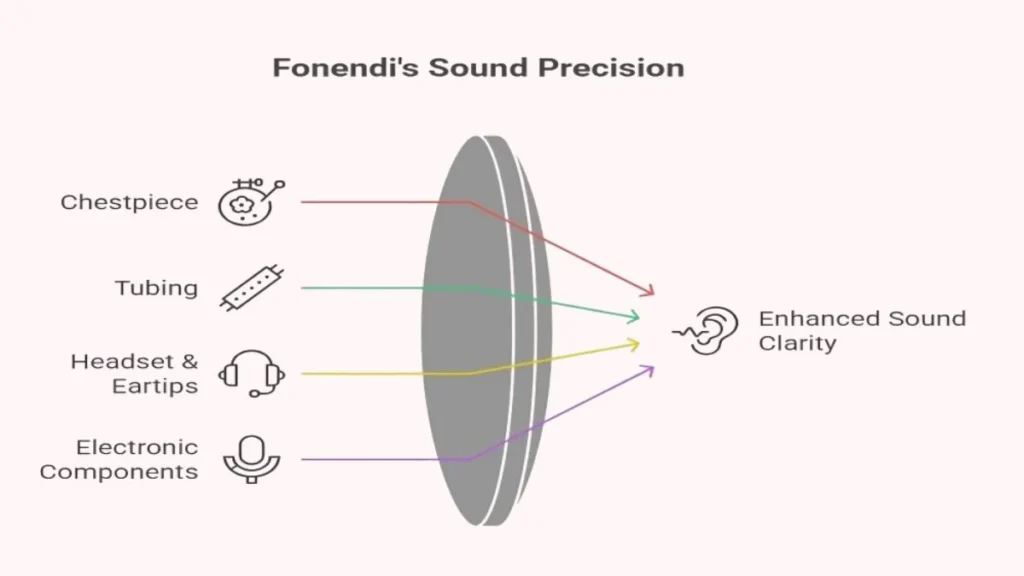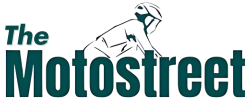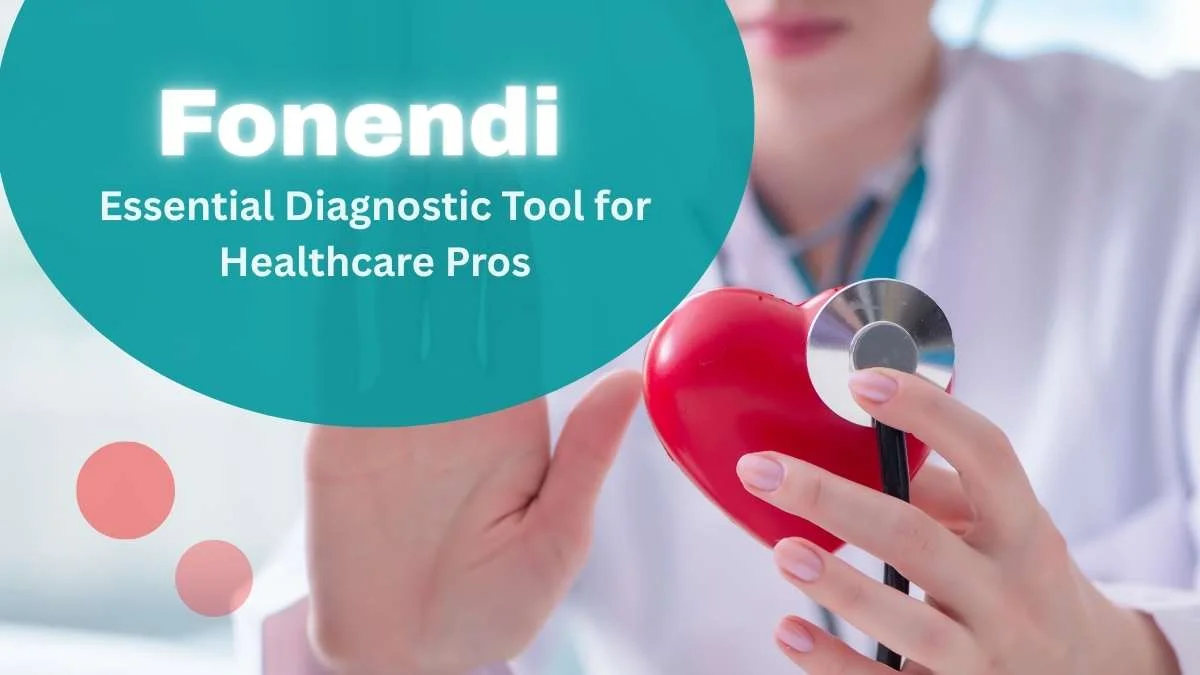In modern healthcare, diagnostic precision is critical for early disease detection, effective treatment, and patient monitoring. Among the most iconic and widely used diagnostic tools is the stethoscope. However, within clinical environments, you may often hear the term fonendi used in place of “stethoscope.” This term, while informal, refers specifically to the phonendoscope—a specialized type of stethoscope designed to amplify and refine internal body sounds.
What Is a Fonendi?
The term fonendi is an informal abbreviation of phonendoscope, a variant of the acoustic stethoscope that offers superior sound amplification and clarity. Used predominantly by doctors, nurses, paramedics, and medical students, it has become an everyday term in hospitals, clinics, and emergency medical services.
Etymology: Where Does Fonendi Come From?
The origin of “fonendi” is rooted in Greek language and medical innovation:
- Phono – Sound
- Endo – Inside or within
- Scope – To observe or examine
A phonendoscope would therefore literally be translated as an instrument to observe internal sounds. The phonendoscope is an older invention and based on the classic stethoscope, it was developed to achieve a better acoustical performance.
The abbreviated terminology, it was used by healthcare professionals over time, predominately in clinical environments that are under time pressure. In modern times it has become an accepted term in Europe, Latin America, and relatively commonly used in a medical training setting.
Fonendi vs. Stethoscope: Are They Interchangeable?
While the terms are related, it’s important to understand the nuanced difference:
- A stethoscope refers broadly to any instrument used for auscultation, or listening to internal body sounds.
- A phonendoscope (fonendi) is a type of stethoscope that emphasizes sound amplification and is typically used for more precise auscultation.
Why Choose Fonendi?
Fonendi stethoscopes offer:
- Greater sound sensitivity
- Advanced acoustic technology
- Enhanced detection of low-frequency sounds
This makes them especially useful in cardiology, pulmonology, pediatrics, and critical care medicine.
Structure and Function
It is designed to transmit and amplify internal body sounds such as:
- Heartbeat rhythms
- Lung and breath sounds
- Bowel movements
- Blood flow sounds during pressure measurements
Components of a Fonendi
1. Chestpiece
- Diaphragm: Captures high-frequency sounds (e.g., breath sounds, normal heartbeats).
- Bell: Captures low-frequency sounds (e.g., heart murmurs, bowel sounds).
2. Tubing
- Often dual-lumen to isolate sound from environmental noise.
- High-quality rubber or PVC ensures optimal sound transmission.
3. Headset & Eartips
- Ergonomically designed for comfort and noise isolation.
- Adjustable for custom fit and sound clarity.
4. Electronic Components (in digital fonendis)
- Microphones, amplifiers, and noise filters improve sound clarity.
- Features like Bluetooth, digital recording, and AI analysis are often included.

Clinical Applications
Cardiology
Identifies the heart murmurs, valvular diseases, impaired rhythms.
Properly auscultates to determine symptoms of heart failures or hypertension.
Pulmonology
Identifies abnormal sounds in the lungs (e.g. wheezing, crackles, and rales).
Assists in the diagnosis of asthma, bronchitis, and pneumonia, as well as COPD.
Gastroenterology
Evaluates bowel motility using the sounds of the intestines
Reflects the presence of such diseases as intestinal blockage, peritonitis, or paralytic ileus.
Monitoring of blood pressure
Is used with a sphygmomanometer to identify the Korotkoff sounds.
Provides precise systolic and diastolic readings of the blood pressure.
Pediatrics & Neonatology
It with smaller chestpieces are more suitable when dealing with infants and children due to the fitting and sensitivity.
Comparative Table: Types of Fonendis
| Type | Key Features | Best Use Case |
| Acoustic | Basic design, no electronics, reliable acoustics | Routine exams, nursing, general care |
| Electronic | Amplifies sound, reduces noise, digital recording possible | Cardiology, pulmonology, telemedicine |
| Pediatric | Smaller, softer chestpiece, sensitive acoustics | Neonatal and pediatric care |
| Cardiology | Tunable diaphragm, thick tubing, high sound fidelity | Specialized cardiac diagnostics |
Advantages of Using Fonendi in Modern Healthcare
Enhanced Diagnostic Precision
By amplifying internal sounds, it enables earlier and more accurate diagnosis of disease, improving patient outcomes.
Portability and Ease of Use
Lightweight and easy to carry, ideal for home visits, ambulance use, and bedside examinations.
Cost-Effectiveness
Acoustic fonendis are affordable, while electronic models provide value-added features for specialists.
Non-Invasive and Safe
Offers real-time patient evaluation without any invasive procedures, ideal for frequent monitoring.
Adaptability to Digital Health
Electronic fonendis integrate with telehealth platforms, supporting remote auscultation, home monitoring, and digital health records.
Fonendi in the Era of Digital Medicine
Modern electronic fonendis now offer:
- Bluetooth-enabled auscultation
- Digital sound recording and playback
- AI-powered diagnostics for interpreting sounds
- Integration with electronic health records (EHR)
This allows healthcare providers to consult remotely, share auscultation data with specialists, and provide high-quality care even in rural or underserved areas.
Telemedicine and remote patient monitoring have become key areas where fonendi technology excels, especially in post-COVID-19 healthcare models.
Conclusion
The fonendi, although having an informal name, is one of the fundamental diagnostic tools in the medical sciences. Being a phonendoscope, it offers greater sound amplification, which allows proper diagnosing, treatment start in a timely manner, and monitoring of the patient.
Despite having various applications in clinical practice, emergency care or any other telehealth, it is difficult to replace fonendi because of transportability, cost-effectiveness, and reliability of diagnoses. With progressing medical technology, the fonendi is being updated as well providing new abilities of remote diagnostics, AI integration, and digitalization of keeping records.

James Whitaker brings a wealth of knowledge and creativity to content writing across various niches such as health, technology, personal finance, and digital marketing. Known for his ability to simplify complex topics and deliver audience-centric content, he helps brands build authority and trust.

